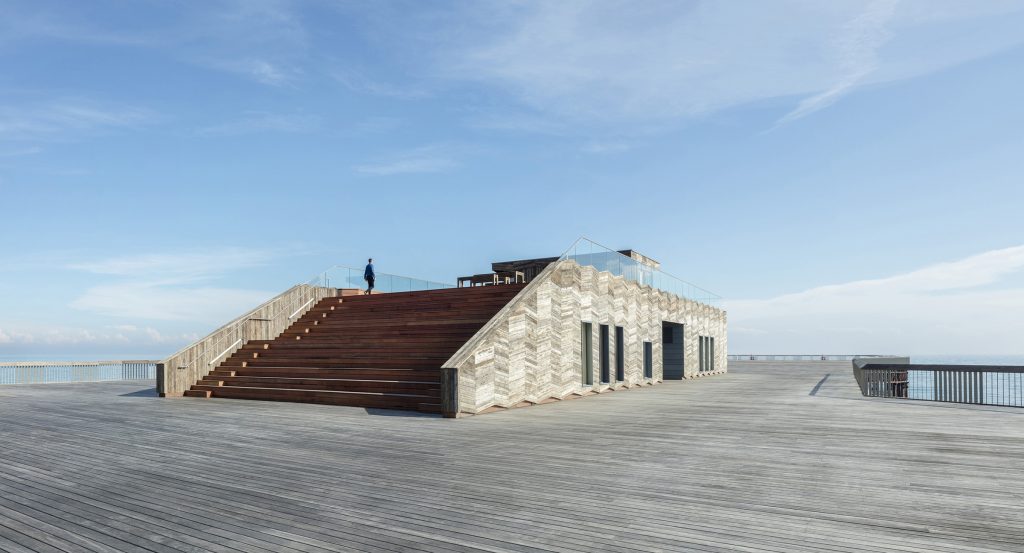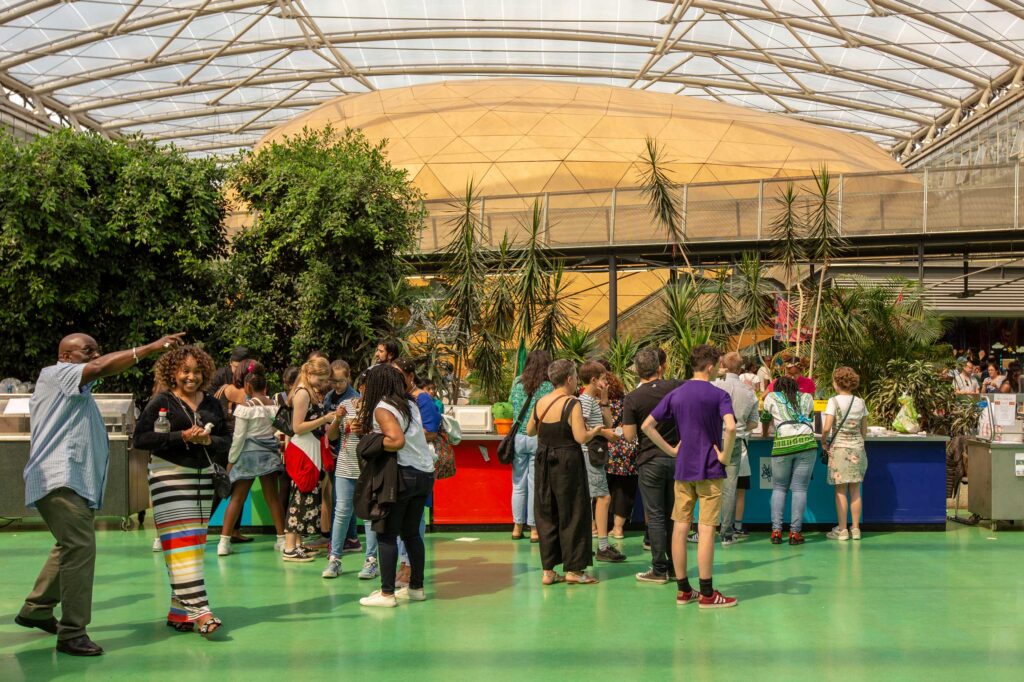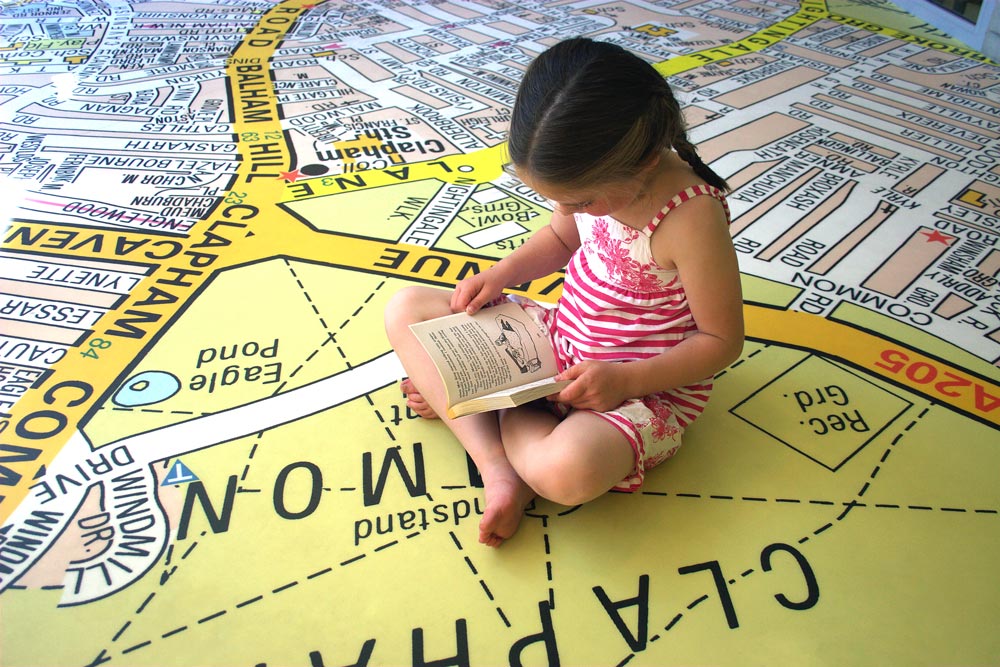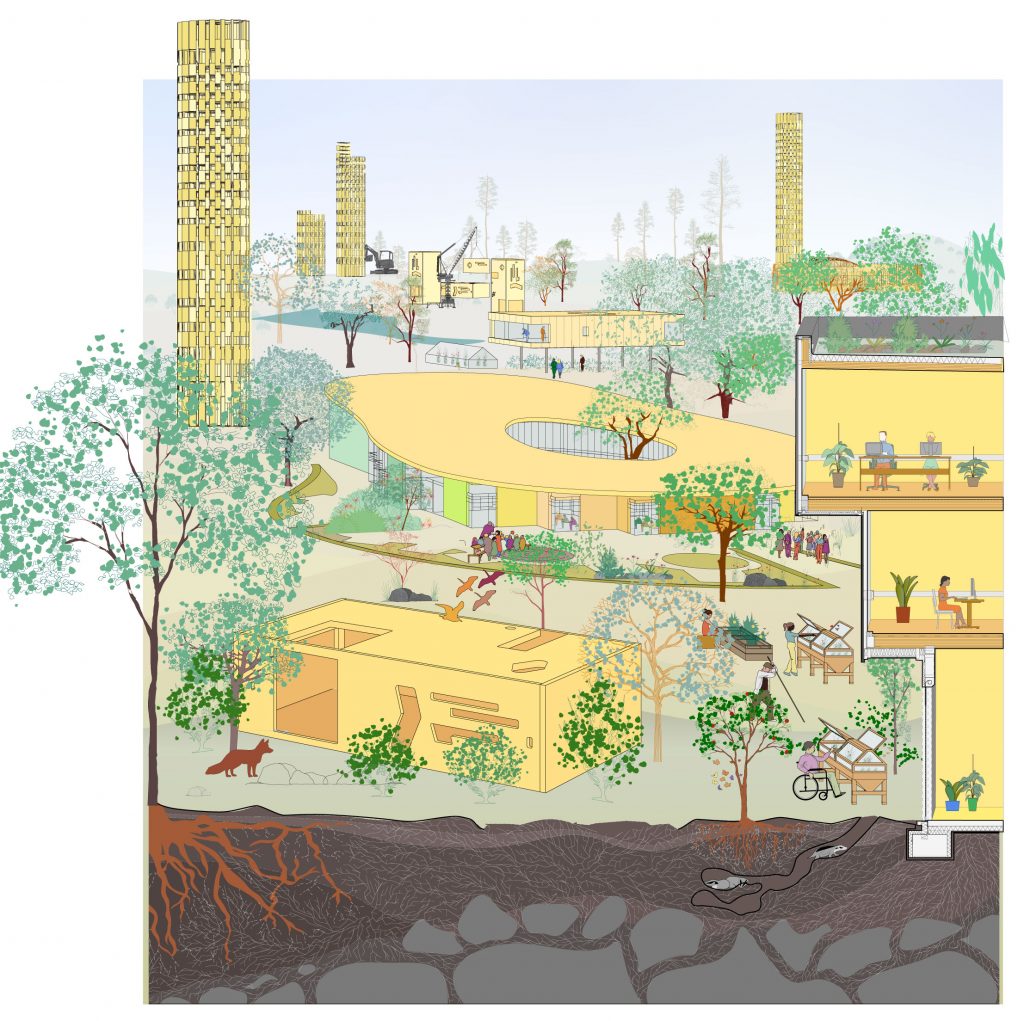Three weeks ago, my team and I were gathering our thoughts for a lecture I was invited to give as part of the now-postponed AJ Summit. At that time, I already knew I wanted to talk about the ‘architecture of circumstance’, discussing the impacts of a rapidly changing climate on the way the industry will continue to design and build architecture as it progresses.
Since then the world has changed dramatically, with ours and all industries facing challenges we could have never foretold we would encounter in our lifetimes.
What has not changed is our obligation to progress as a profession. We are collectively faced with new obstacles in terms of working methodologies and patterns. Our default has been forcibly challenged and our circumstances drastically altered.
This scenario may be temporary, but it seems foolish to think that current adjustments will not have an impact on the way we work even after this crisis abates. Creating an architecture of circumstance has never been more relevant than now.
At the start of 2020, our collective directive as architects was to begin rethinking our design approach in response to the triple crises of climate emergency, biodiversity erosion, and social divide. These issues persist, and so must our determination to shift our profession’s mindset. Global health experts have outlined how a warming climate has made the world more hospitable to viruses and bacteria.
As humanity continues to encroach on our planet’s natural spaces, we create new circumstances and encounter new dangers that we are seemingly unprepared for. This pattern needs to change.
Our context both before and after Covid-19 unequivocally favours a culture of reduced carbon impact, minimised waste, and increased regenerative practice. Our buildings will need to reflect this context. If this period of obligatory isolation can teach us anything, it is how necessary it is for us to be nimble, not just in the way we work, but also in the way we make buildings.











